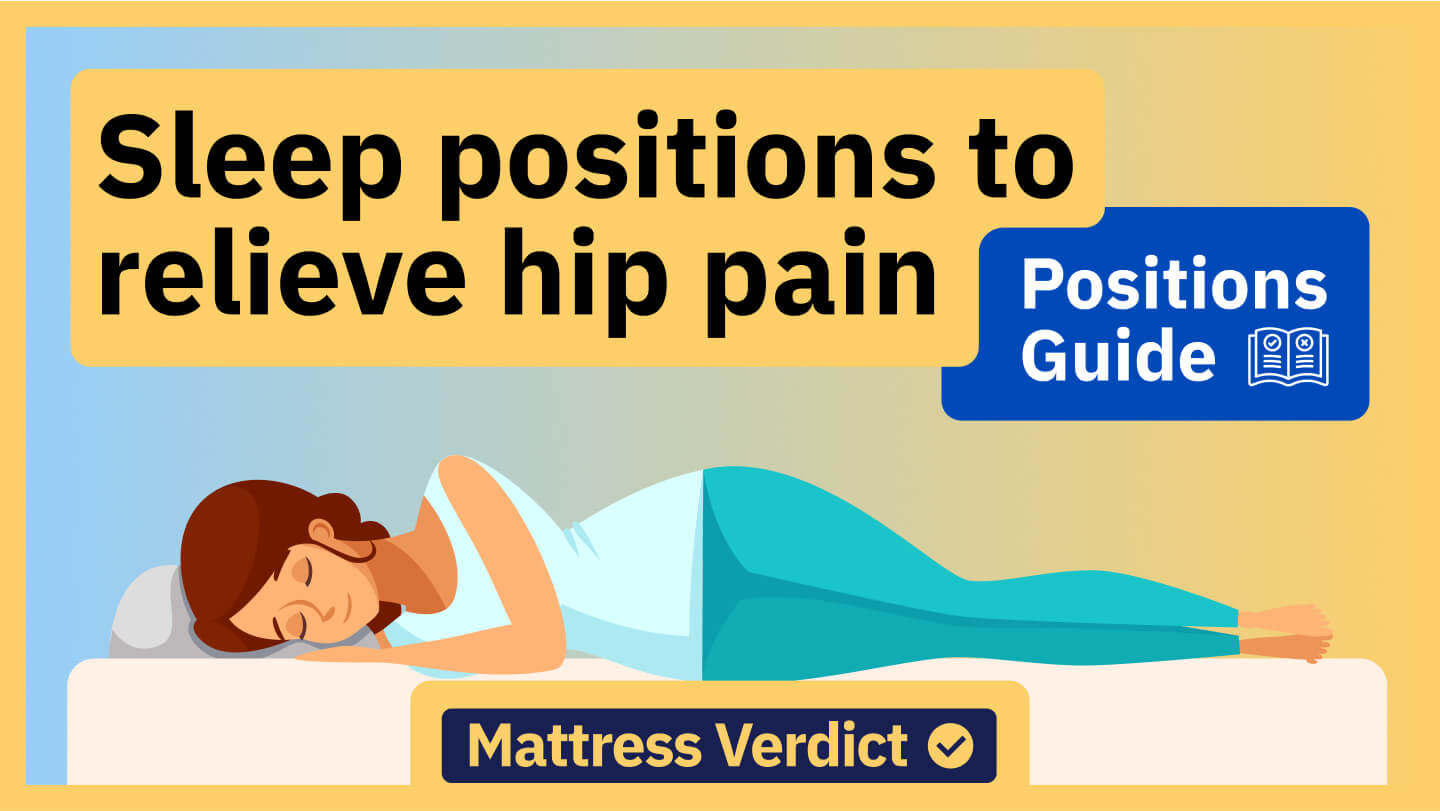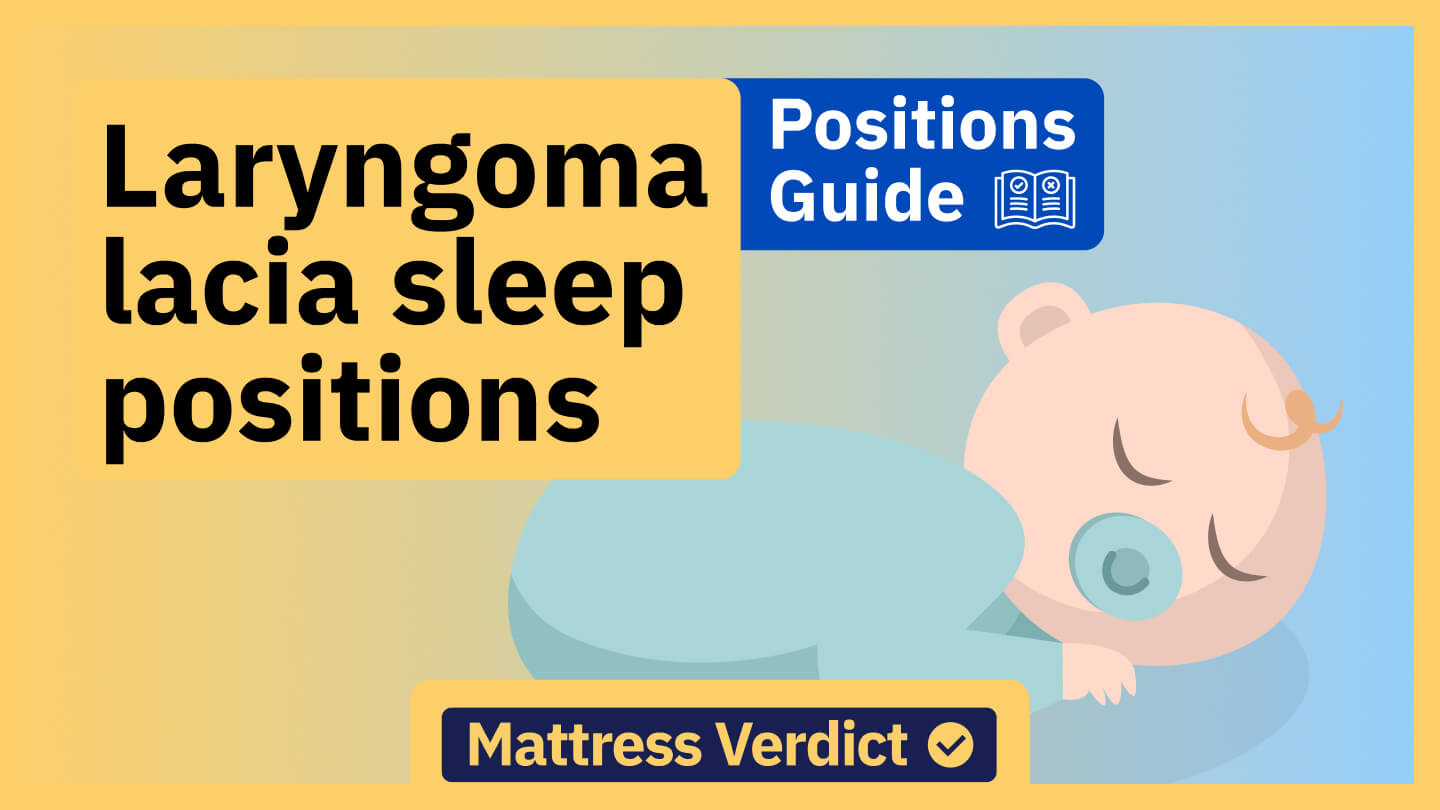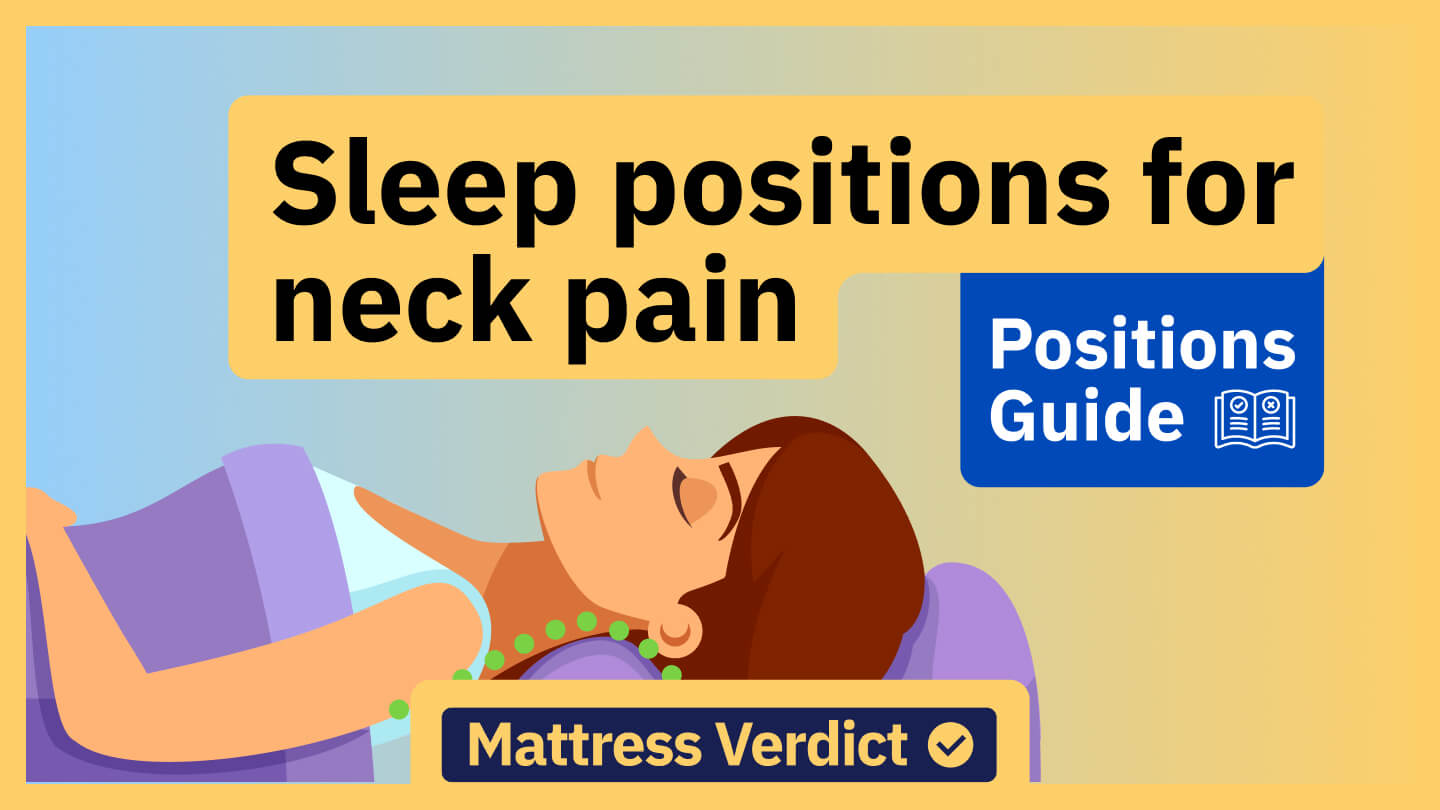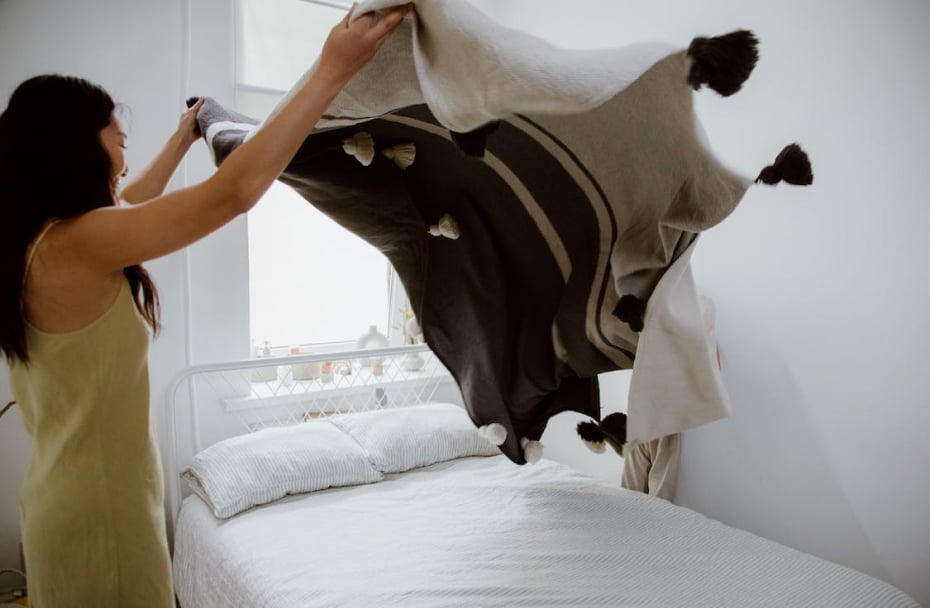



The average American spends 8 hours and 57 minutes sleeping every day. That’s according to the 2021 American Time Use survey. This equates to sleeping for approximately 248,600 hours or a third of your life, assuming a life expectancy of 76.1 years.
Given this, it makes sense to wonder what materials are used to make a mattress. Mattress construction materials vary depending on mattress type, intended user, and price range. What the mattress is made of affects your bed’s ability to meet your individual needs and durability. That’s why learning about construction materials and design should be the first step when choosing the best mattress for your sleep needs.
We’ll break down the different materials used to make mattresses today. And then, you can decide the best mattress materials for you and what to steer clear of.
Types of Mattresses
MattressVerdict groups the different types of mattresses into 7 major categories:
-
Innerspring and hybrid mattresses
-
Foam mattresses
-
Memory foam mattresses
-
Latex mattresses
-
Air mattresses
-
Waterbeds
What are Innerspring mattresses Made Of?
Fundamentally, the innerspring mattress has coils at the bottom and one or more comfort layers on top. The comfort layers could be cotton, wool, polyester, or foam (poly foam, memory foam or latex).
Innerspring coils are commonly made from curved high-density steel because it’s hard and doesn’t deform easily under the sleeper’s weight.
The innerspring is the oldest modern-day type of mattress (invented in 1871). But it’s still among the most popular designs thanks to its comfort and steady sleeping surface.
Innerspring mattresses are also the most affordable, making them a good choice for shoppers on a budget. However, you’ll find that the best coil-based beds for quality will come at a higher price tag.
There are 4 major types of innerspring mattresses on the market. The variation is in the shape of the coils, which affects the overall performance, durability, and price of the innerspring mattress.
Different types of innerspring mattresses
Bonnel springs are hourglass-shaped springs. They are wider at the top and bottom, narrower in the middle, and knotted at each end. Each Bonnel spring is connected to nearby springs, usually with helical coils. Bonnel spring mattresses are generally inexpensive as they are cheaper to produce and are of lower quality than other types.
Interconnecting all the coils allows these mattresses to provide continuous support. But it also means that movement on one spring will be easily transferred to the neighboring coils. This makes Bonnel spring beds the least favorite for couples.
Offset springs are descendants of the Bonnel springs. They are hourglass-shaped and are connected to neighboring springs. The major difference is that their top and bottom ends are not knotted. Instead, the ends are stretched and connected to the next coil via helical wires that run the length of the base system.
Thanks to their shape, offset spring beds provide a higher level of contouring without being too firm. Offset spring beds have greater motion isolation, meaning reduced partner disturbance. These beds also tend to be less noisy.
Continuous spring mattresses consist of a long wire twisted into hundreds of individual coils. The coils are then connected using helical lacing that runs the full length of the mattress. Continuous spring systems are quite durable and offer added support in the middle of the mattress, where most of your weight is concentrated. These coils are cheaper to make, and this is reflected in the cost of the bed.
Individually pocketed coils are typically used in hybrid mattresses. They are also called Marshall coils, wrapped coils, pocketed coils or encased coils. Pocketed coil mattresses consist of hundreds of individual springs, each encased in a fabric pocket. The cylindrical design of these coils makes them significantly softer and more contouring than other coils.
Because they are not connected, pocketed coils offer varied support to your shoulders, lower back, and hips. Individually pocketed coils also excel in motion isolation. The design also makes them more durable and less likely to sag in the middle like Bonnell springs. But these properties also make individually pocketed spring mattresses expensive.
What are Foam Mattresses Made Of?
Foam mattresses are made from rubber or plastic components. By this definition, these mattresses include all types of foam beds, including memory foam and latex.
However, at MattressVerdict, we like considering memory foam and latex as distinct types of mattresses owing to their unique technology. In that case, we use the term “foam” to refer to mattresses mainly made of polyurethane- a synthetic material with a cellular structure.
When you lie on it, the poly foam collapses to contour your body shape and provide pressure point relief. Poly foam mattresses come in low, medium, and high-density varieties. High-density foam is firmer and more durable, while low-density foam breaks down easily, making it the least durable.
Poly foam beds were first introduced by Firestone in the 1950s. They are popular for being the most inexpensive types of mattresses. But they also lose a lot of points when it comes to durability.
What are Memory foam Mattresses Made Of?
Memory foam mattresses are made from a special blend of polyurethane foam that is both viscous and elastic. That’s why these beds are also called visco-elastic polyurethane foam mattresses.
When you lie down on memory foam, it responds to your body heat and weight to conform closely to your body curves. It then springs back slowly to its original shape when you get up, hence its name- “memory” foam. This property makes memory foam the best mattress material for pressure relief, back pains, and arthritis.
The Ames Research Center first developed memory foam under contract by NASA. This foam was originally intended to cushion astronauts against the stress experienced during take-offs.
Memory foam’s main complaint is heat retention. That’s because it consists of tiny cells that don’t form distinct airways, so it tends to trap body heat and reflect it to you. This can be a major issue if you sleep hot, especially during summer.
Heat retention is especially a big problem with traditional memory foam. Recent memory foam technologies like open-cell and gel and graphite infusion have helped combat it significantly.
With open cell foam, a certain percentage of cells are not completely sealed. This means that some of the cells are interconnected. As such, more air can go through it, creating a cooler sleeping surface.
Gel-infused memory foam has gel added to the material during construction. The resulting material works by warming up much more slowly than traditional memory foam, so you enjoy a cooler sleeping surface for longer. Gel infusion also adds responsiveness to memory foam, meaning your mattress regains shape much faster. This may be a helpful feature if you’re constantly tossing and turning at night.
What are Latex Mattresses Made Of?
Natural latex mattresses are made using latex. Latex is a milky and sticky byproduct of the rubber tree. When harvesting, rubber tappers carefully make shallow cuts on the bark of the rubber tree and collect the milky fluid in containers.
Later, the sap is transported to a manufacturing facility where it’s processed into latex foam using the Dunlop or Talalay method.
While manufacturers can engineer both types of latex for different firmness levels, Dunlop tends to be firmer than Talalay latex. Another difference between the two is that Talalay latex is more breathable and sleeps cooler than Dunlop latex. Additionally, due to the minimal processes involved, Dunlop latex is slightly more durable than Talalay. However, it’s important to note that both types of latex are more responsive, breathable, and durable than other types of foam, including memory foam.
What Were Mattresses Made of in the Old Days?
Humans started sleeping lying on the ground around 200,000 years ago. And one thing that’s for sure is that humans have always done their best to create a comfortable sleeping surface. So, what is the history of the mattress?
To get to the world’s oldest known mattress, we must go back 77,000 years ago to a cave in South Africa. The bed was less than an inch thick and consisted of layers of reeds and rushes. The ancient humans living in the rock shelter also added foliage that repelled insects like mosquitoes.
The first type of mattress raised off the ground can be traced back to ancient Egypt sometime between 3000 and 1000 BCE. Around the same time, people in Scotland are thought to have been sleeping on mattresses made from wool.
Between 1000 BCE and the 4th century, wealthy Greeks and Romans started sleeping on mattresses made from cloth filled with straw, wool, or feather.
Between the 5th and the 14th century, the wealthy started stuffing their mattresses with soft, downy feathers. Peasants were sleeping on mattresses stuffed with hay.
Cotton, wool, coconut fiber, and horsehair became common mattress fillings in the 1700s. In the early 1870s, a Berliner called Heinrich Westphal invented the first innerspring mattress, ushering humans into the era of modern mattresses.
The Best Mattress Materials for You
Comfort is relative when it comes to getting a good night’s sleep. That’s why mattress materials are not one-size-fits-all. But with the various types of mattress materials available online, it’s easy to narrow down to a bed that will accommodate your unique needs.
The most popular mattress materials today are innerspring, memory foam, poly foam, latex, and hybrid. An innerspring mattress is an excellent material for combination sleepers, heavyweight individuals, and those with mobility problems. Its bouncy construction makes it easy to change sleeping positions and move across the bed.
Memory foam is a great choice if you prefer a mattress with a hugging feel. This characteristic makes it the best mattress material for pressure and pain relief.
Natural latex is the way to go if you prefer sleeping on a green bed. Because latex is naturally occurring, it makes the best organic mattresses, especially when combined with organic cotton and wool.
Hybrids are another good option if you prefer a coil-based mattress with excellent back support, motion isolation, and temperature management.
What are Luxury Mattresses Made Of?
Luxury mattresses are high-end beds made of premium materials like natural latex, cashmere, bamboo, Tencel, and organic cotton. Hybrid mattresses combining individually pocketed coils, gel-infused memory foam, and a pillow top design also fall into the luxury category.
What’s the Most Durable Mattress Material?
Natural Dunlop latex is the most durable mattress material, lasting up to 20 years. Of course, many factors affect mattress durability, including the percentage of natural latex, usage, and care.
Hybrid mattresses with individually wrapped steel coils and high-density memory foam or latex will hold up for a pretty long time, too. The standard lifespan for high-quality hybrid mattresses is 10 years.
Similarly, memory foam mattresses last 7 to 10 years. With the right care, it’s possible for a premium memory foam mattress to last up to 15 years or even more before losing its contourability and support.





